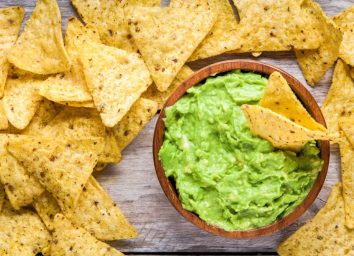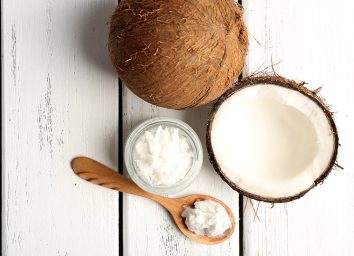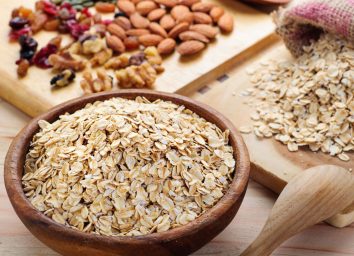22 Worst Foods That Are Never Worth Eating, Say Experts
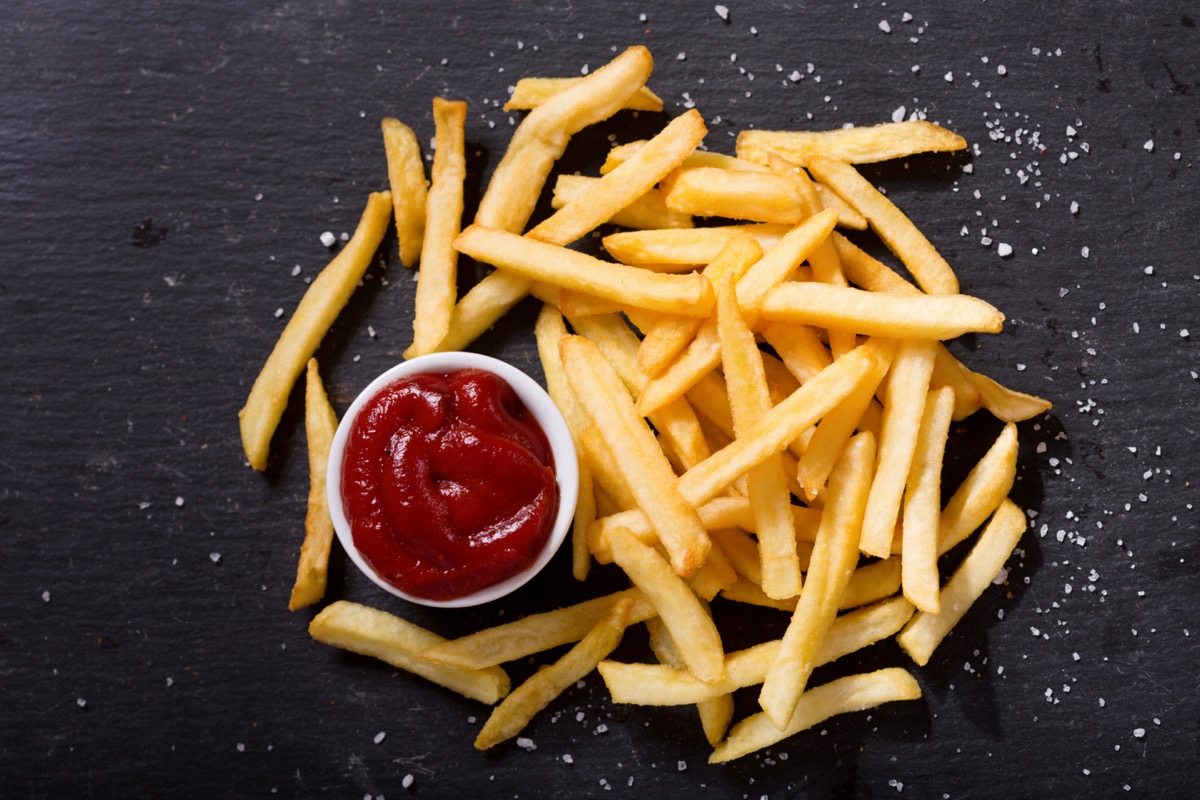
You most likely hear about “empty calories” all the time, but we bet you default to thinking about cupcakes and donuts. Well, it’s better you uncover the truth now—there are actually a whole host of useless foods out there. And by useless, we mean void of nutrition.
When talking about “nutrient density,” it’s all about the vitamins, minerals, and fiber—in other words, the things that work to fuel and repair your body. Each meal or snack that you consume should be seen as an opportunity to nourish your body and fill it with as many nutrients as possible. This is particularly true if you’re following a weight-loss or fitness plan because nutrient-dense foods will help you achieve your goals much faster.
“I think of ‘nutritionally empty’ foods as those that can either be higher or lower in calories, but that offer few or no nutrients,” says Isabel Smith, MS, RD, CDN, registered dietitian and founder of Isabel Smith Nutrition. “Generally, these foods are also fairly refined or processed.”
Resist grabbing the following foods the next time you’re at the grocery store—trust us, they’re not doing your body any favors.
Tortilla Chips
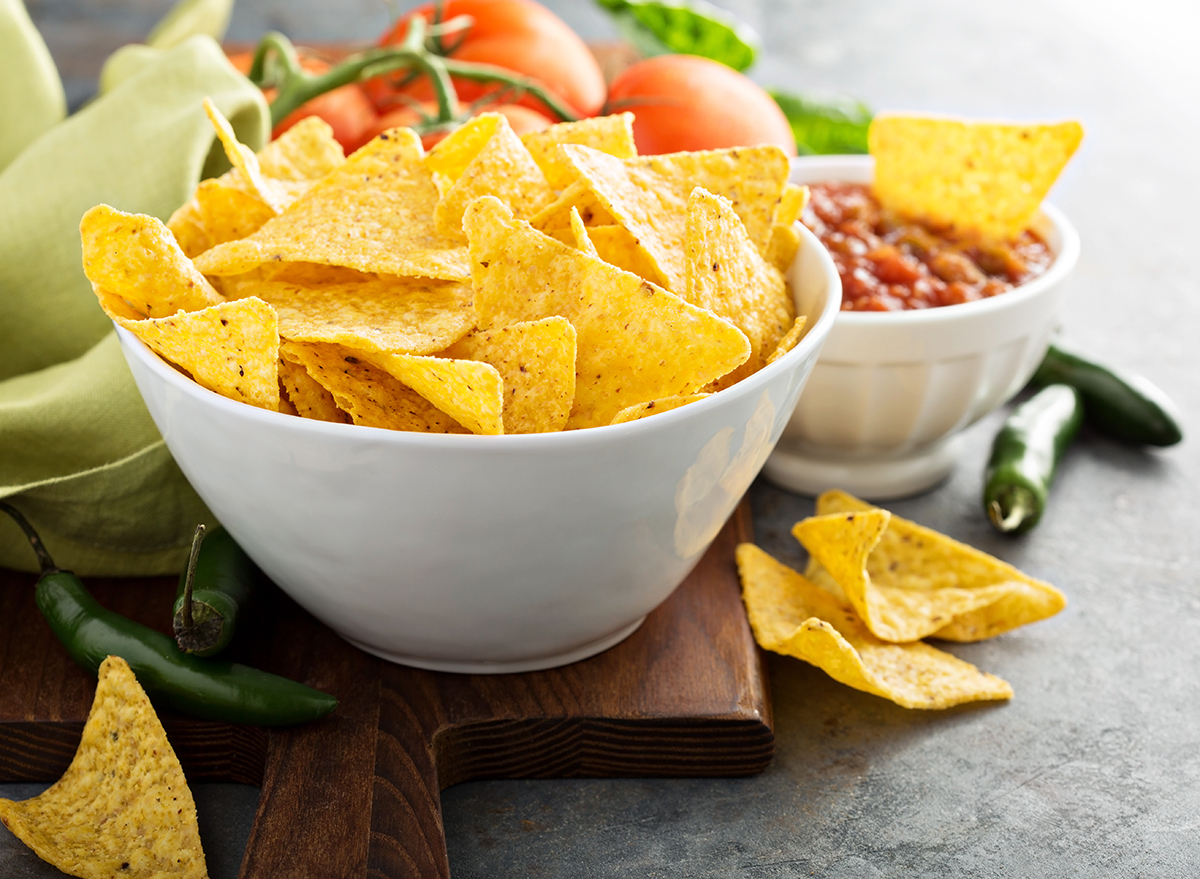
This classic party food doesn’t contain a long list of ingredients, but none of those ingredients contain a high dose of nutrients.
“Generally speaking, for most crackers and chips, much of the nutritional value of the grain has been removed during processing—especially when these foods are white rather than whole-wheat because the husk and outer layers of the grain have been removed. They aren’t necessarily bad but they just don’t offer much with respect to nutrients,” Smith says.
Eat This Instead: For a more nutrient-dense alternative (that still offers crunch without those empty calories), try air-popped popcorn with your own added herbs and spices or crackers made from whole-wheat with four to five grams of fiber per serving.
Soda

Not only is soda void of vitamins and minerals and packed with empty calories coming from sugar, but it also contains a ton of ingredients that can do some harm to your body.
“Regular and diet sodas are loaded with artificial chemicals like colorings and sweeteners. Both calorie-containing and zero-calorie (these, in particular, may negatively influence feelings of fullness and satiety) should be avoided. Also, dark-colored sodas often contain additives like phosphoric acid that can be dangerous to bone health,” Smith warns.
Drink This Instead: Sometimes that fizzy pop craving just won’t go away, though. Instead of soda, experiment with sodium-free, sugar-free sparkling water with either a splash of low- or no-sugar juice, freshly-squeezed juice, or a squeeze of fresh lime or lemon. If it’s the flavor rather than the fizz you’re after, Smith also recommends infusing regular water with fruits and vegetables.
“A few of my favorites are mint and orange, cucumber on its own or with orange, and strawberry with pineapple,” Smith says.
Pretzels
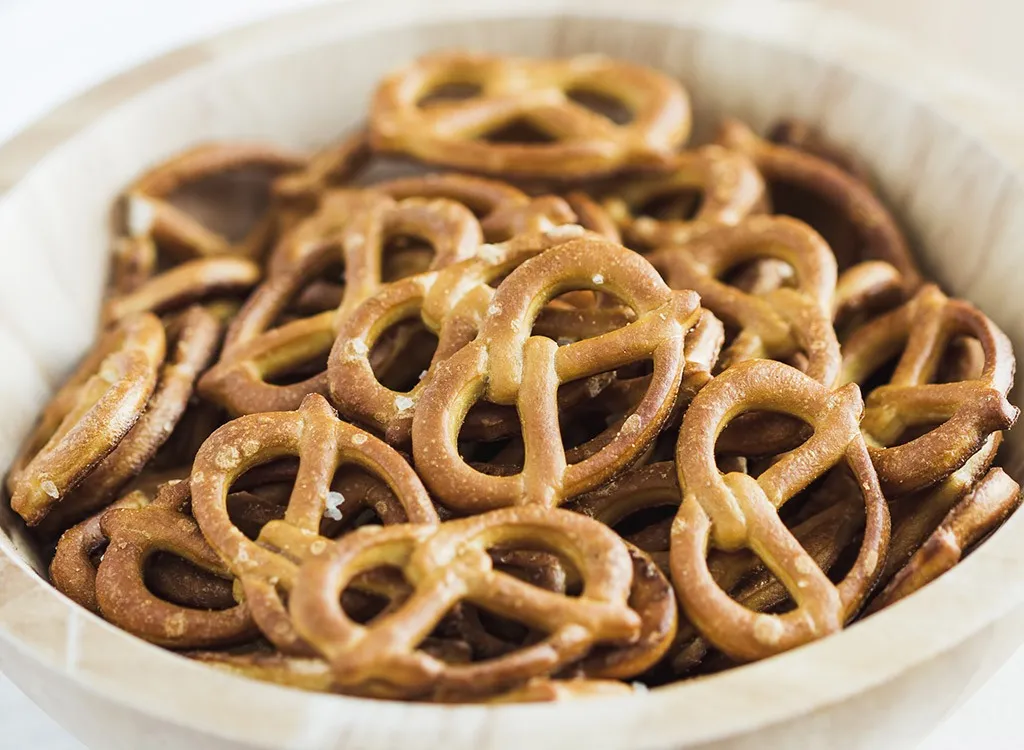
Pretzels seem like a relatively harmless snack. They’ve got the crunch and saltiness that many of us crave, and they’re not really full of sugar or harmful artificial ingredients. The problem? They don’t fuel your body. If you have fitness or weight loss goals, a bag of pretzels’ empty calories aren’t going to help you get over the finish line any faster.
Eat This Instead: Smith recommends kale chips as a healthier alternative.
White Pasta
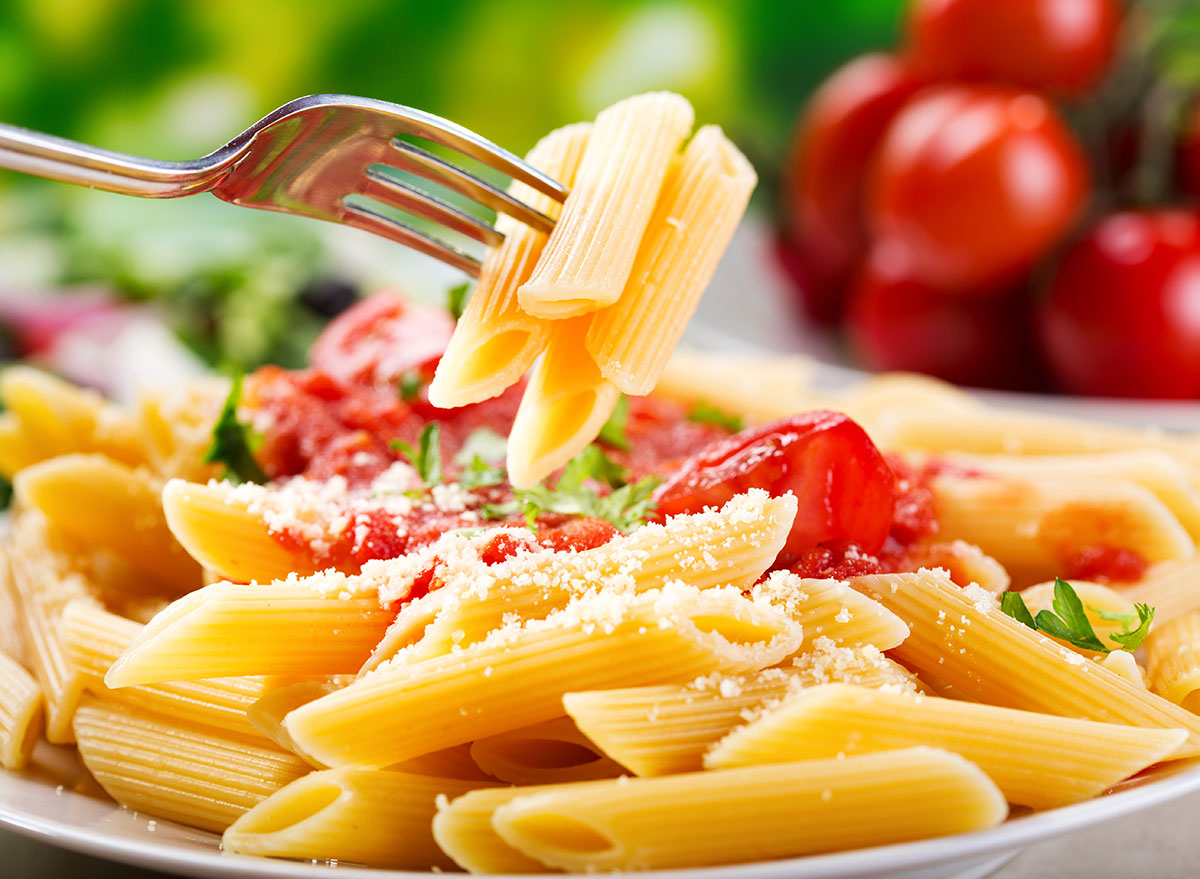
It seems as though pasta is always condemned to the “diet-don’t” list, right? The truth is, it can offer some nutrients if and only if you choose the right kind. It’s also very important to pay close attention to portion size if you’re watching your weight. “It’s better to choose whole grain because it contains more fiber, vitamins, minerals, and protein since the husk of the grain is left on,” Smith says. Psst! Pair your whole-grain pasta with a healthy pasta sauce to avoid added sugars.
Eat This Instead: While we like whole-grain pasta, the healthiest way to get your noodle fix is with substitutes like spaghetti squash or zucchini noodles. Both are rich in potassium, as well as vitamins A and C!
White Flour
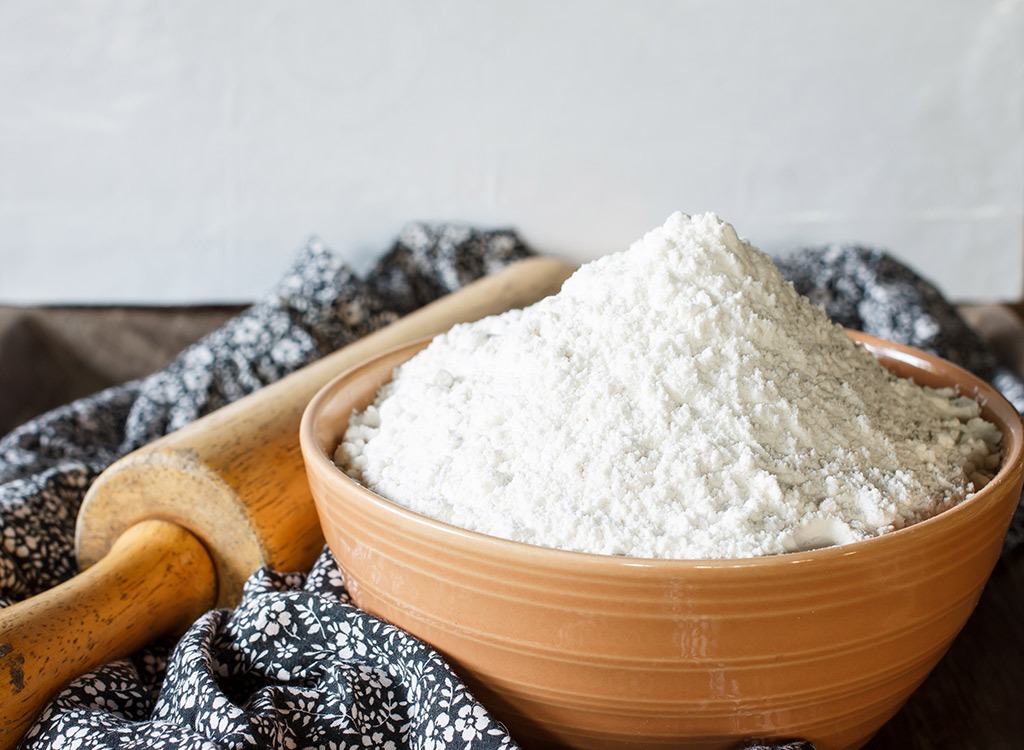
As a rule of thumb, it’s always healthier to choose whole-wheat and whole-grain options over products made with white flour. To get white flour, wheat grains are heavily refined and processed, stripping food of the fiber that our bodies love so much. Whole-wheat flour is made from the same grains but retains its fiber content because it hasn’t undergone that heavy processing. Getting enough fiber is important in any diet because it helps lower cholesterol, boosts weight loss, and aids waste elimination.
Eat This Instead: If you know that quitting white flour foods—bagels, cereal, crackers, baked goods, etc.—will be a particularly tough adjustment for you, look for 100% whole-wheat bread, or choose pastas or crackers that contain a mix of white and whole wheat flour.
Heat-Pasteurized Juices
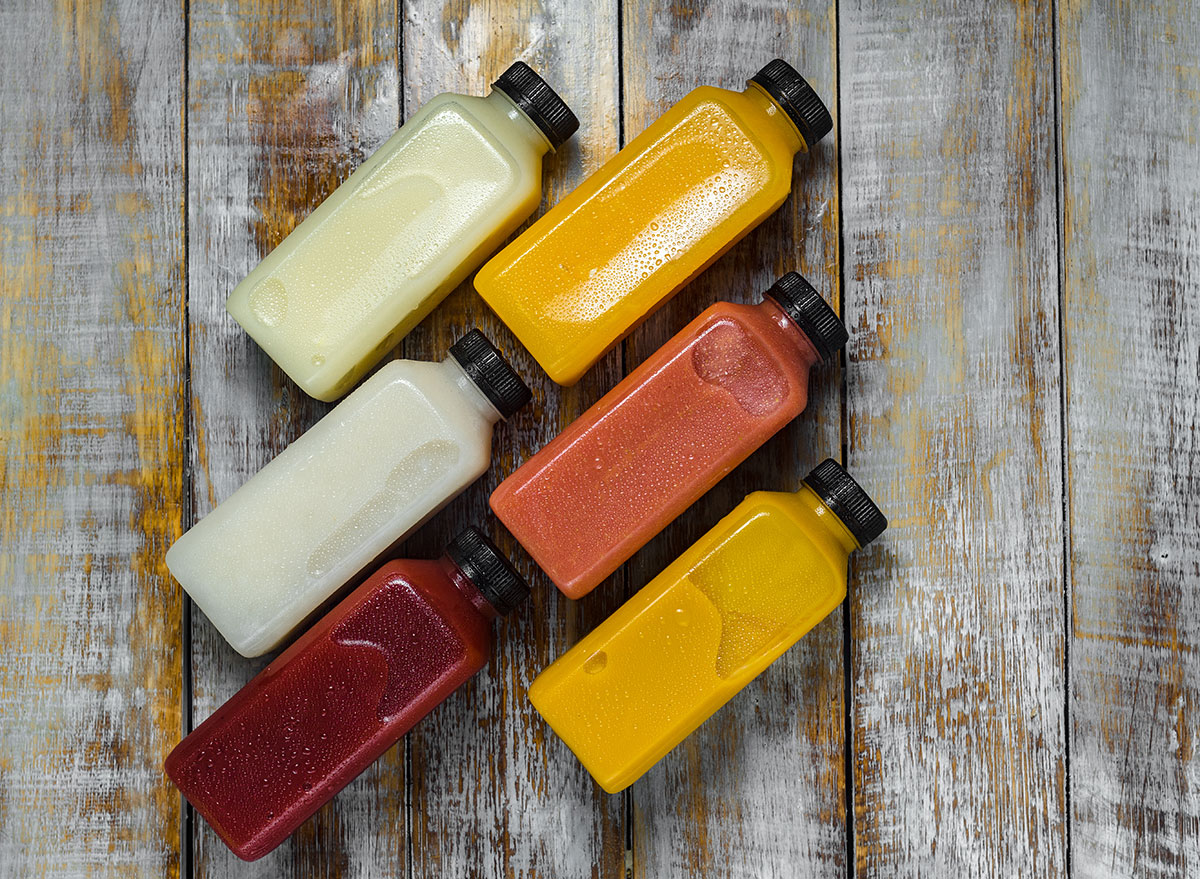
Different from those cold-pressed green juices that you see popping up everywhere, heat-pasteurized juices aren’t as healthy as they may appear. Juices, like orange and cranberry, often have to be heated at very high levels and have to be higher in sugar—many contain added sugar—in order to undergo processing. “The pasteurization process can kill some of the nutrients because the temperature is so high,” Smith explains.
Drink This Instead: Try to choose cold-pressed or non-processed juices that contain a higher ratio of vegetables to fruit in order to avoid spikes in blood sugar and reap the most health benefits. Also, keep in mind that fruit juice can often dismantle weight-loss efforts rather quickly—so don’t even bother with a juice cleanse!
Sweet Wine

Yes, wine has some antioxidants—most notably the resveratrol in red wine, which may help prevent damage to blood vessels, reduce low-density lipoprotein (LDL) cholesterol (the “bad” cholesterol), and prevent blood clots. But typically, the sweeter the wine, the more calories it contains. Dry wines have about 106 calories per glass, whereas sweet dessert wines have around 225 or more. Three glasses of wine with dinner could easily add up to an extra 400 calories. You’ll get some of that resveratrol but not much in the way of nutrition.
Drink This Instead: “Studies suggest that red and purple grape juices may provide some of the same heart benefits of red wine,” says Katherine Zeratsky, RD, LD.
Coffee-based Beverages
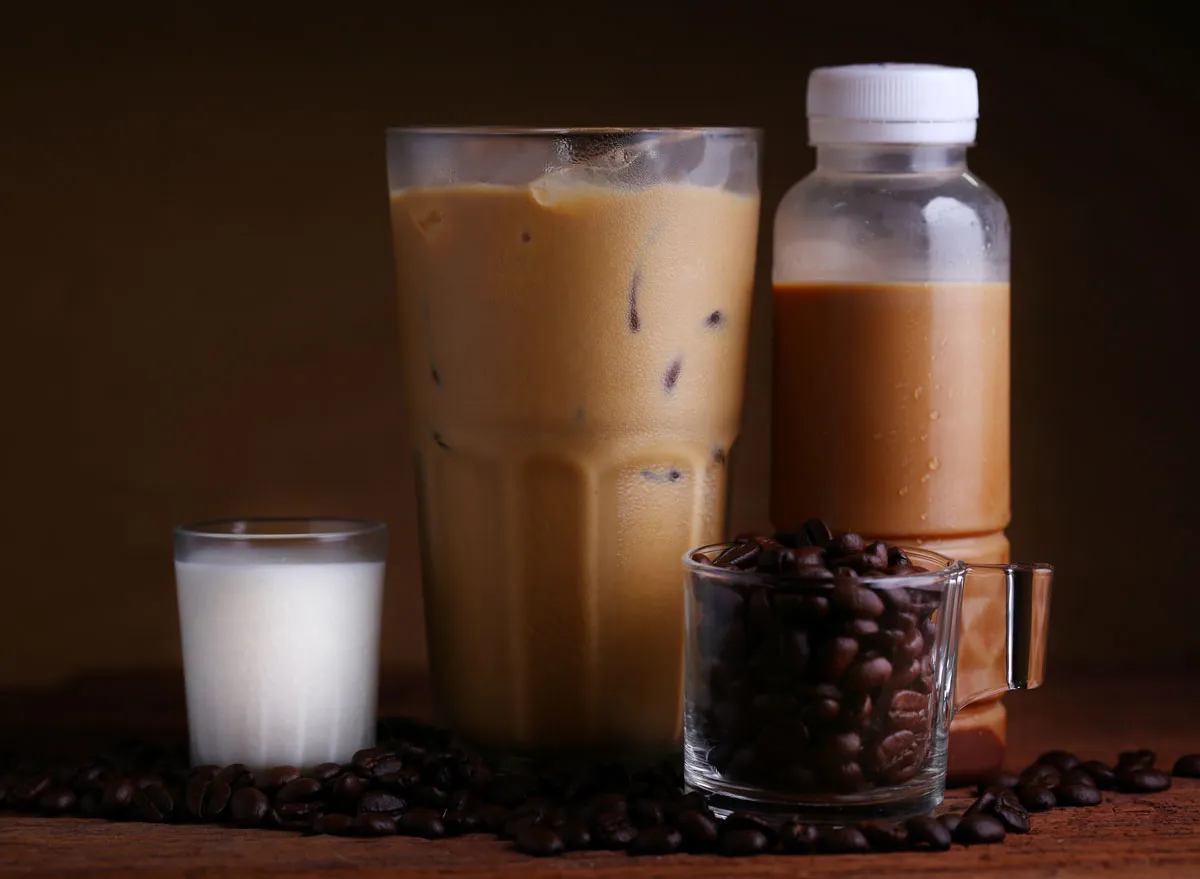
Now this is really where calories can start adding up. Though coffee itself has a negligible caloric value, plenty of beverages on your coffee shop’s menu can pack a quarter of the calories you’d ordinarily require to meet your energy needs. A 16-ounce pumpkin spice latte from Starbucks, for example, comes in at 380 calories, 14 grams of fat, and 50 grams of sugar. Yikes.
Drink This Instead: Black coffee. Spend some time identifying the notes that float your boat, and you’ll soon look at those fatty, sugary, calorically bloated liquid desserts as a thing of your past.
Croissants
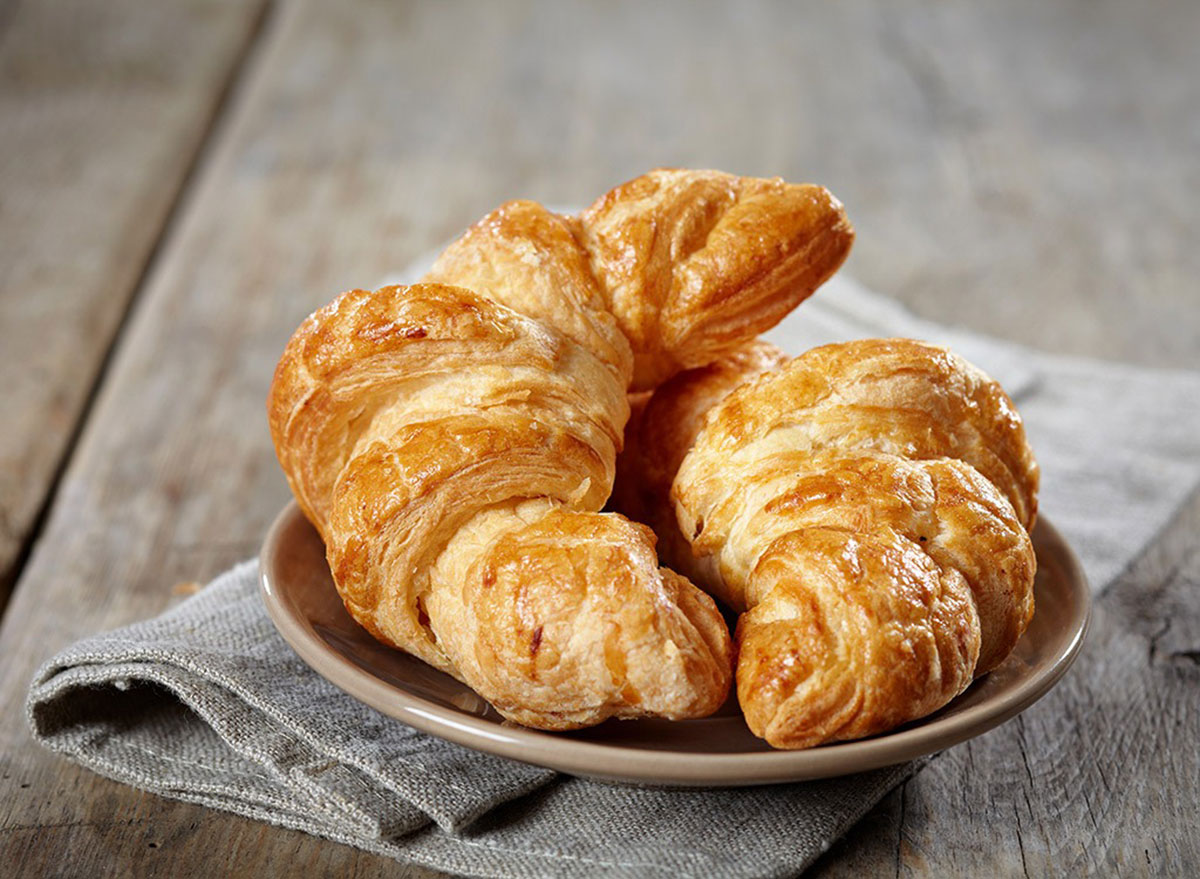
We know, we know—biting into a buttery, flaky croissant can be a transcendent experience. Eat too many of them, however, and pretty soon your belly could transcend your belt buckle. A butter croissant from Starbucks has about 310 calories, more than half of which come from fat.
Eat This Instead: Grab some oatmeal. Oats have plenty of fiber and are a perfect breakfast. A serving of Starbucks Classic Oatmeal is just 160 calories on its own. You may find that the accompanying package of dried fruit makes the packet of brown sugar superfluous.
Donuts
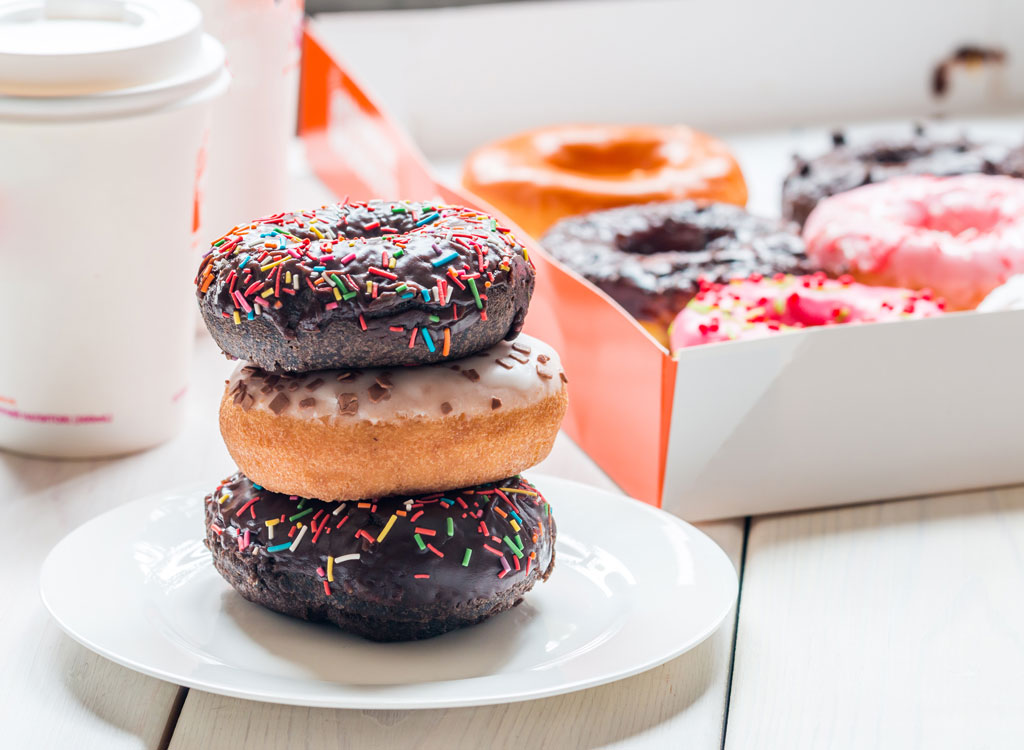
We have to wonder—how did these things ever become a breakfast food to begin with? Some of the offerings at Dunkin’ Donuts come close to packing 500 calories—and 0 grams of anything nutritious.
Eat This Instead: Satisfy your sweet tooth by making some energy balls to eat with your black coffee. Just blend any or all of the following: dried, unsweetened fruit; oats; honey; and ground flaxseed, which adds omega-3s for an energizing boost. Chopped nuts, dark chocolate pieces, nut butter, and unsweetened, shredded coconut are other nutritious options. Add some water, a little at a time, until the mixture is moistened enough to form into 1-ounce balls. If you use prunes, oats, honey, and flaxseed, each energy ball has about 100 calories, 3 grams of protein, and 3 grams of fiber.
Ketchup
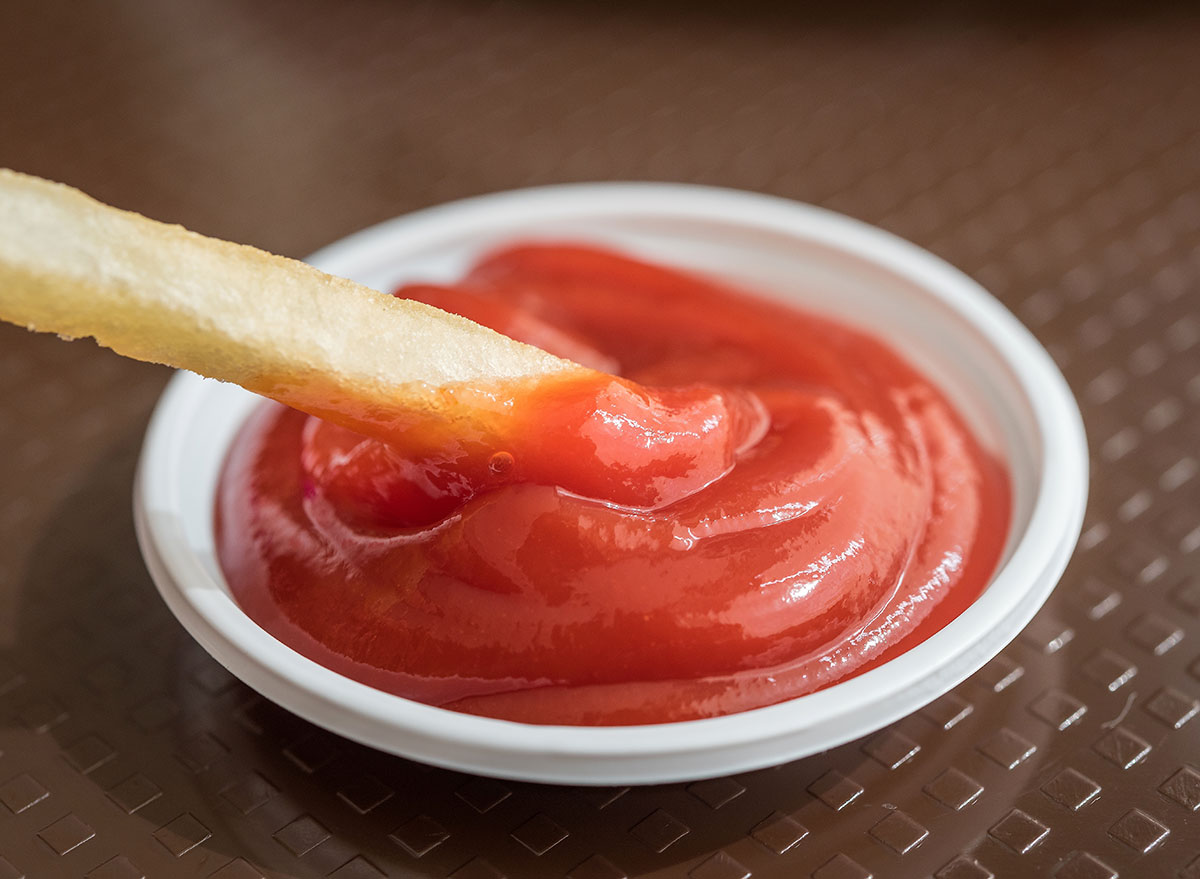
Look at a bottle of ketchup, then imagine that one-quarter of that bottle is full of sugar—because it is! Don’t be fooled into thinking that this omnipresent condiment has much to do with the goodness naturally contained in tomatoes. The sugar and salt override any cancer-fighting lycopene it contains.
Eat This Instead: Slightly more expensive, but well worth it, is organic ketchup. Research has shown that organically-raised tomatoes produce nearly twice as much lycopene.
Mayonnaise
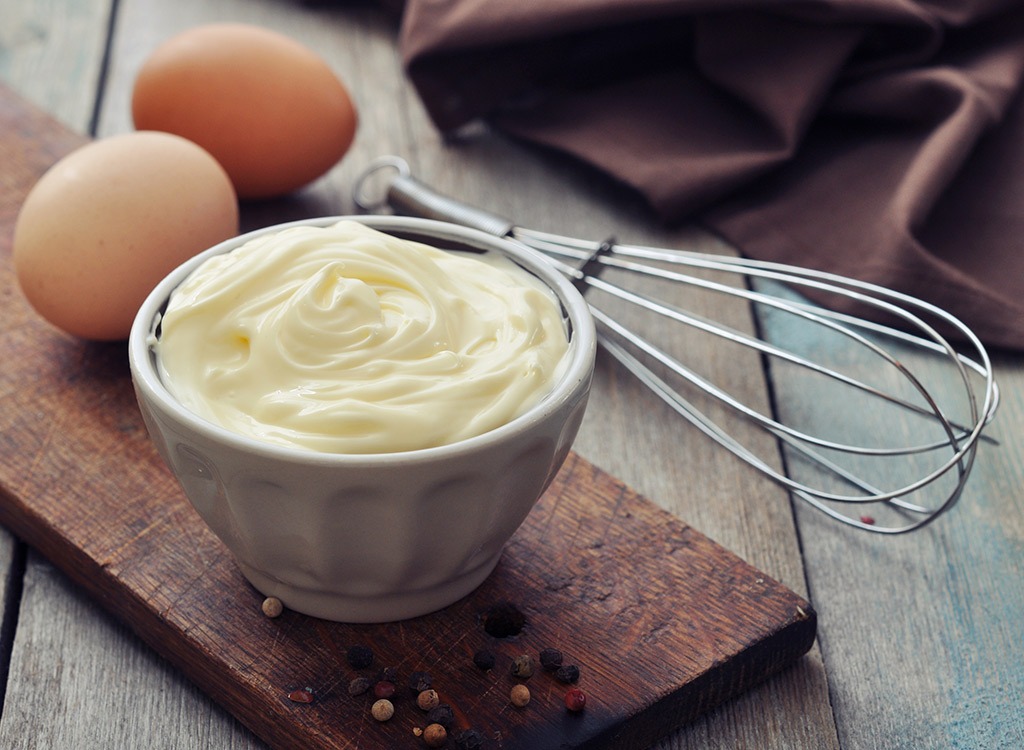
Regular mayo ranks among the worst of empty-calorie condiments. Non-fat varieties of mayo aren’t a whole lot better, considering the sugar and preservatives they contain. Plus, it’s a mystery if mayo is even a food; after all, it’s made with eggs but can happily sit, unrefrigerated, on a supermarket shelf for months without breaking down or separating. There’s something not quite right about that . . .
Eat This Instead: You can make a healthier version of mayo at home by blending Greek yogurt, lemon juice, mustard, pepper, and spices. You’ll save more than 200 calories and 20 grams of fat per quarter-cup serving. Plus, Greek yogurt is rich in protein and calcium.
Cream Cheese
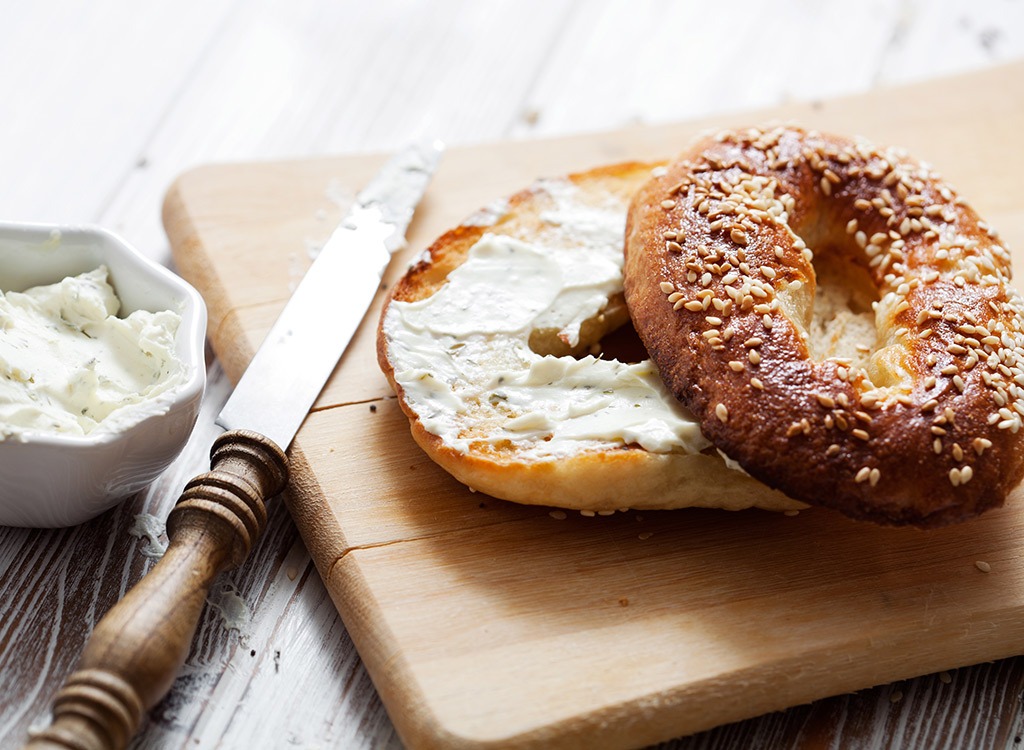
Two tablespoons of regular cream cheese have 100 calories, 9 grams of fat, and 6 grams of saturated fat. What do you get nutritionally for all that? Not much. Cream cheese doesn’t provide a significant amount of any good-for-you nutrients; even its calcium count is lame.
Eat This Instead: Neufchâtel is a cream cheese style cheese from France, which made its debut during the European Dark Ages. A 100 gram serving contains 253 calories—89 fewer than the same amount of Philadelphia Cream Cheese. It also has 11 fewer grams of fat than its American cousin. Mon Dieu!
Thick-Crust Pizza
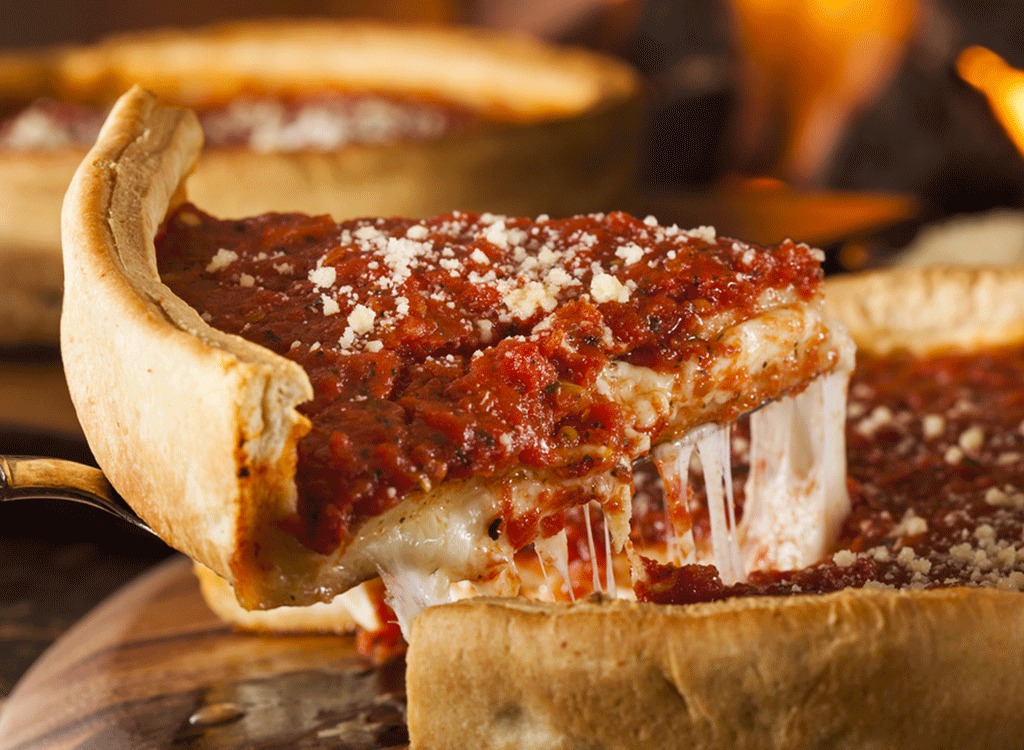
Cheese has protein, and tomato-based products have lycopene. That’s the good news about pizza! The bad news? Well, it’s all contained in a high-cal, low-nutrient crust. Pizza dough won’t only impart very little nutrition to your body (as normally, it’s made from refined white flour), but it will also spike your insulin levels, which means those empty calories will cause you to crave more simple carbs.
Eat This Instead: We’re not going to ask you to stop eating pizza; we know that’s impossible, as who doesn’t love some pizza? However, we will suggest that you opt for a thinner-crust slice whenever possible. And here’s a New Yorker’s bonus tip: That stuff they call pizza in Chicago? Just go ahead and avoid those deep-dish slices.
Beer
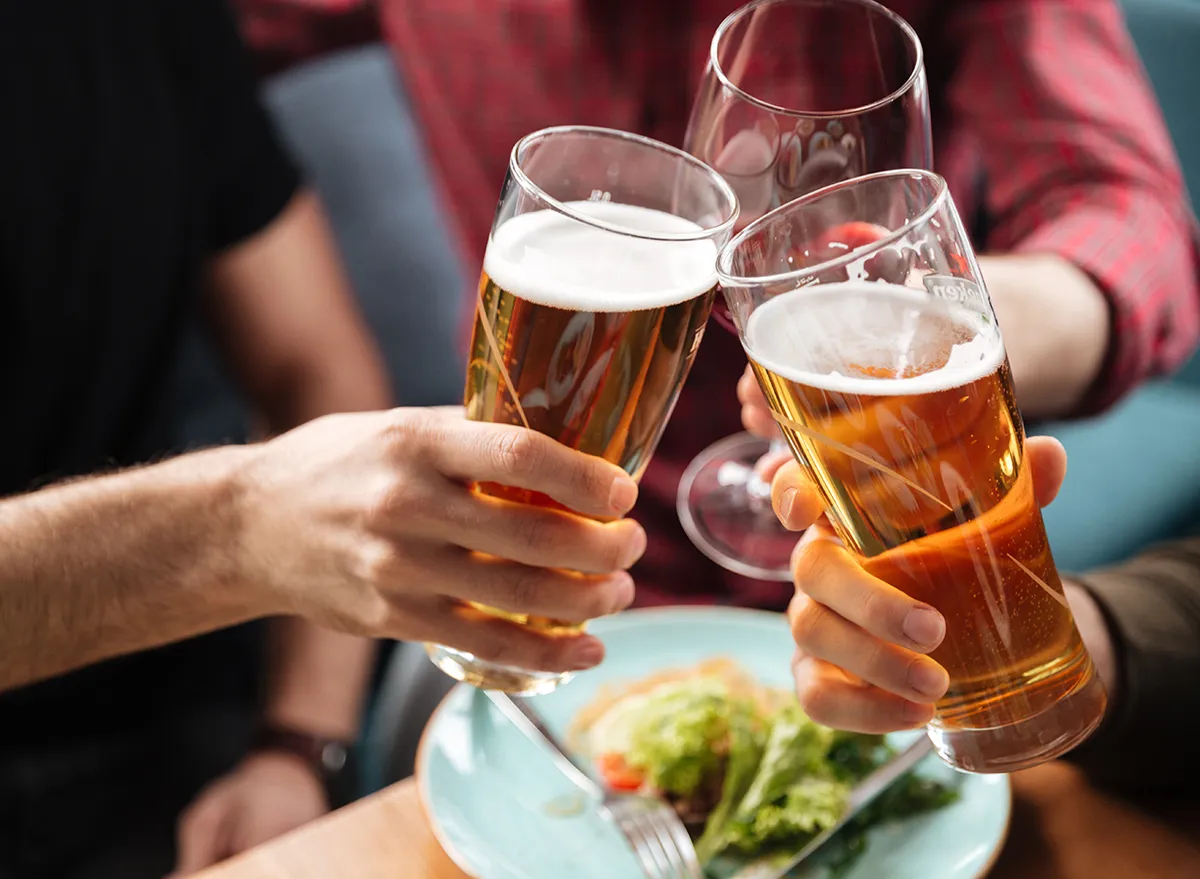
There really is nothing that pairs better with chicken wings than a beer, but most beers aren’t worth the calories. Beer amounts to little more than liquid carbs—and a growing gut.
Drink This Instead: If you’re going to drink beer, choose Guinness. Despite its heavy, hearty dark appearance, this stout has 20 fewer calories per 12-ounce serving than a Bud. But there’s more: A University of Wisconsin study found that moderate consumption of Guinness worked like aspirin to prevent blood clots that increase the risk of heart attacks. That’s because the antioxidants it contains are better than vitamins C and E at keeping bad LDL cholesterol from clogging arteries.
Barbecue Sauce
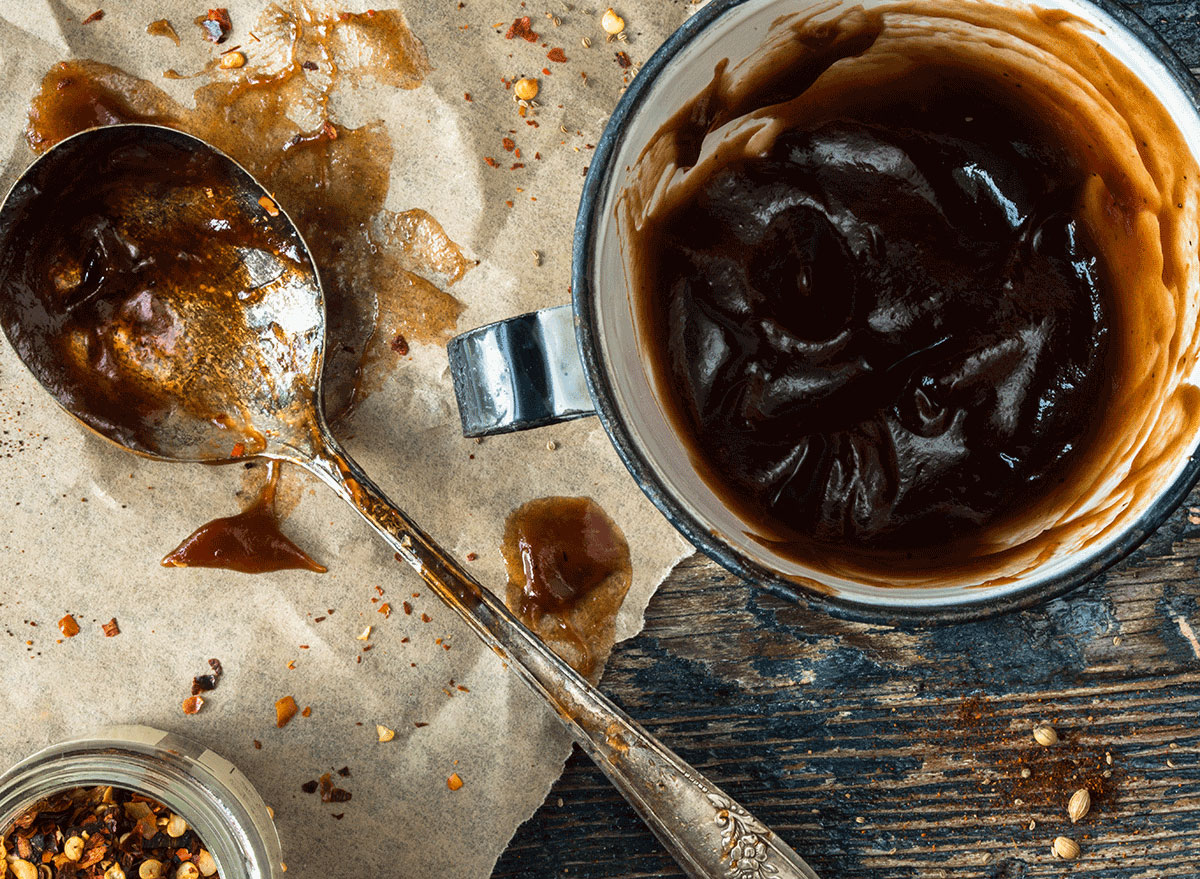
Just two tablespoons of barbecue sauce have 100 calories, more than 10 grams of sugar, and 22 grams of carbohydrates. That’s enough to turn a piece of grilled chicken into a delivery car of empty calories.
Eat This Instead: You’ll be doing your health and your waistband a solid by mixing low-sodium soy sauce with a little honey. Without going overboard on empty calories, you’ll still get the sweet and tangy taste you crave.
Processed Meats
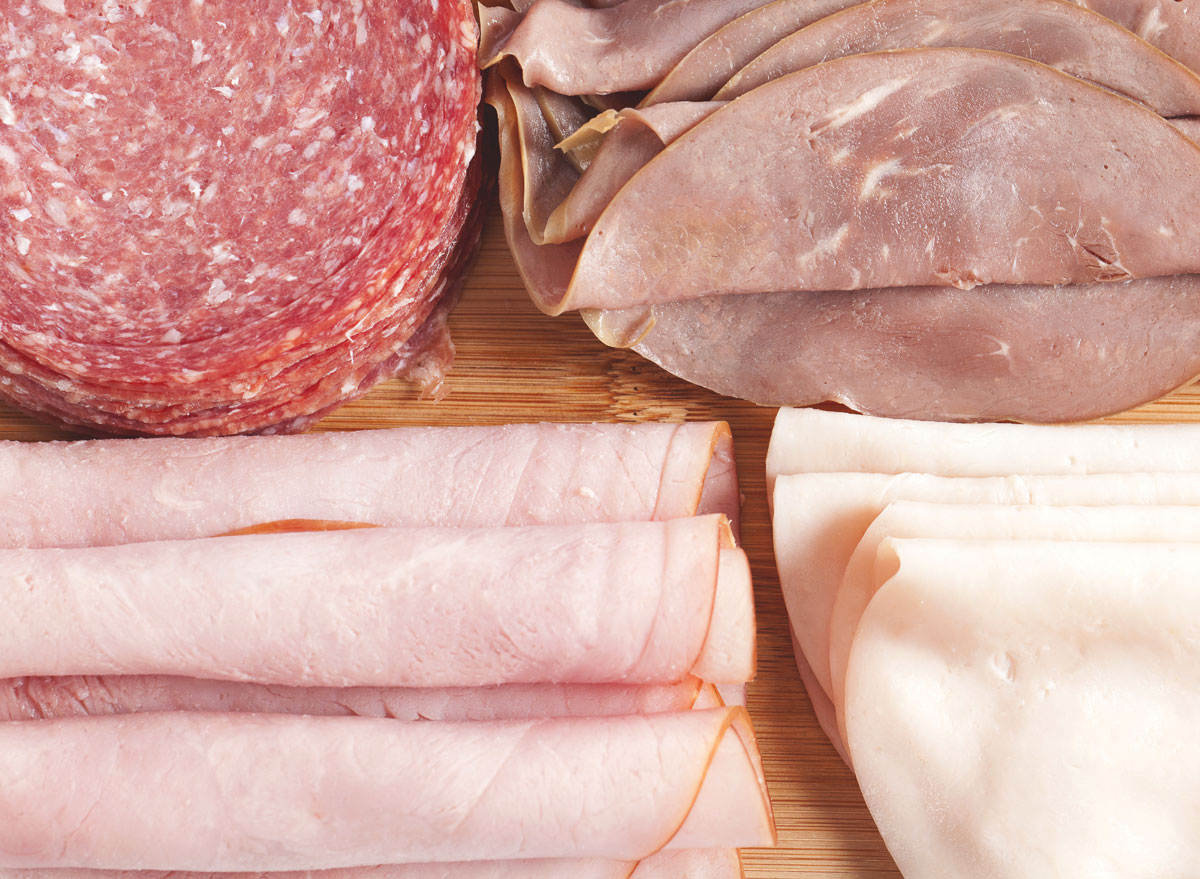
In its most natural state, meat packs lots of protein, vitamins, and minerals essential to health. But the more you tinker with meat, the more the bad stuff offsets the good. Processed and/or smoked meats like bologna, bacon, frankfurters, prosciutto, and salami are fatty, salty, and loaded with nitrates. Plus, 50 grams of processed meat a day—that’s less than two slices of bacon—increases the chance of developing colorectal cancer by 18%, according to a report from the World Health Organization. Yikes!
Eat This Instead: Try Gravlax. Though it’s still cured with salt, sugar, and dill, this Nordic salmon dish doesn’t require smoking, a process that has been linked to cancer. Salmon isn’t just a great source of protein and omega-3s—it also packs a lot of vitamin D.
Ranch Dressing
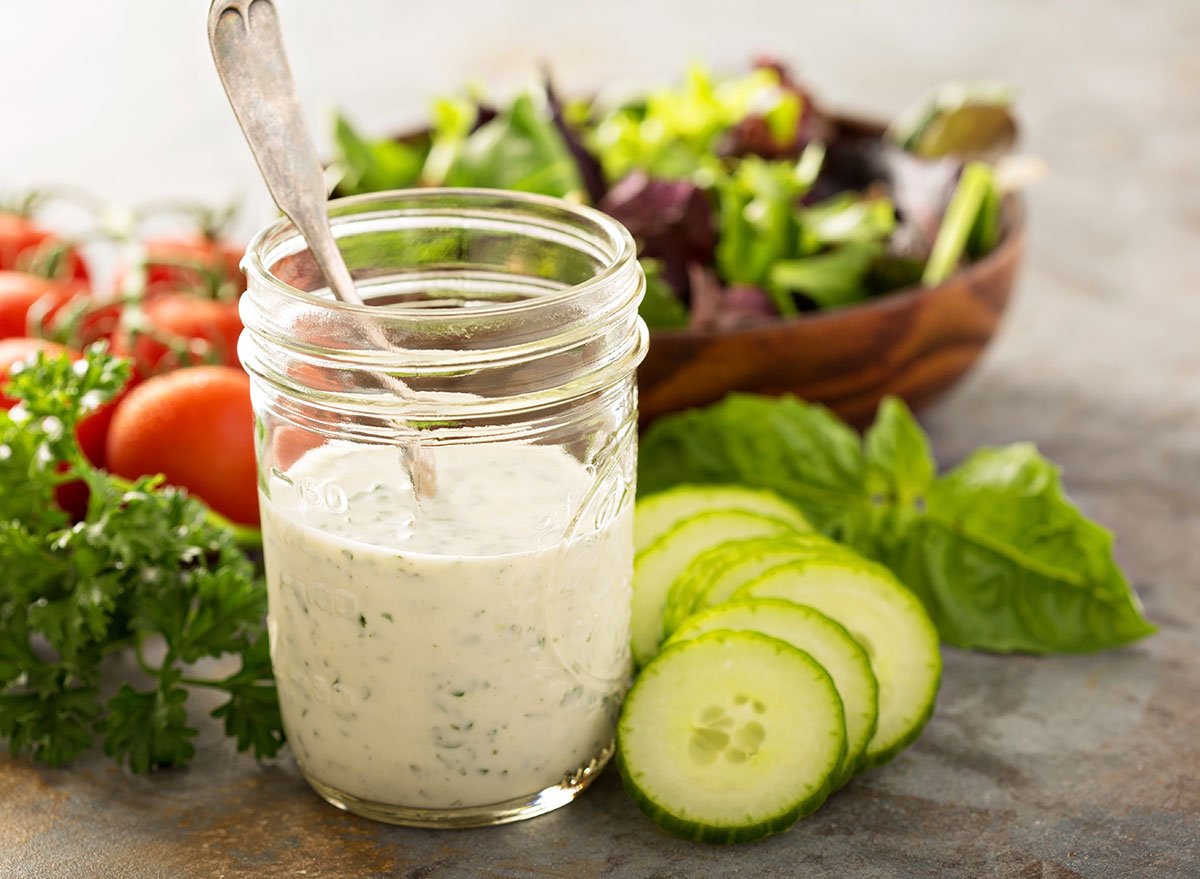
Ranch has two main ingredients: mayonnaise and sour cream. A quarter-cup of the stuff serves up 220 calories and 22 grams of fat. It’s the fastest way to ruin an otherwise healthy salad or plate of crudites.
Eat This Instead: Hummus. It comes in a variety of flavors, and two heaping tablespoons will save you 55 calories and 8 grams of fat over Ranch.
Pancakes

White flour, sugar, salt, milk, eggs, and butter. There are too many low-nutrient-density ingredients (and not nearly enough eggs and milk) to make pancakes anything other than big ol’ disks of empty calories. Adding chocolate chips, syrup, or more butter definitely won’t help matters.
Eat This Instead: You can make this dish a tiny bit more nutritious by replacing white flour and sugar with a mixture of whole-wheat flour, oats, pecans, and cinnamon. Adding bananas or blueberries as a topping will help. If you’re using syrup, opt for 100% pure maple syrup and not the fake stuff derived from high fructose corn syrup.
French Fries
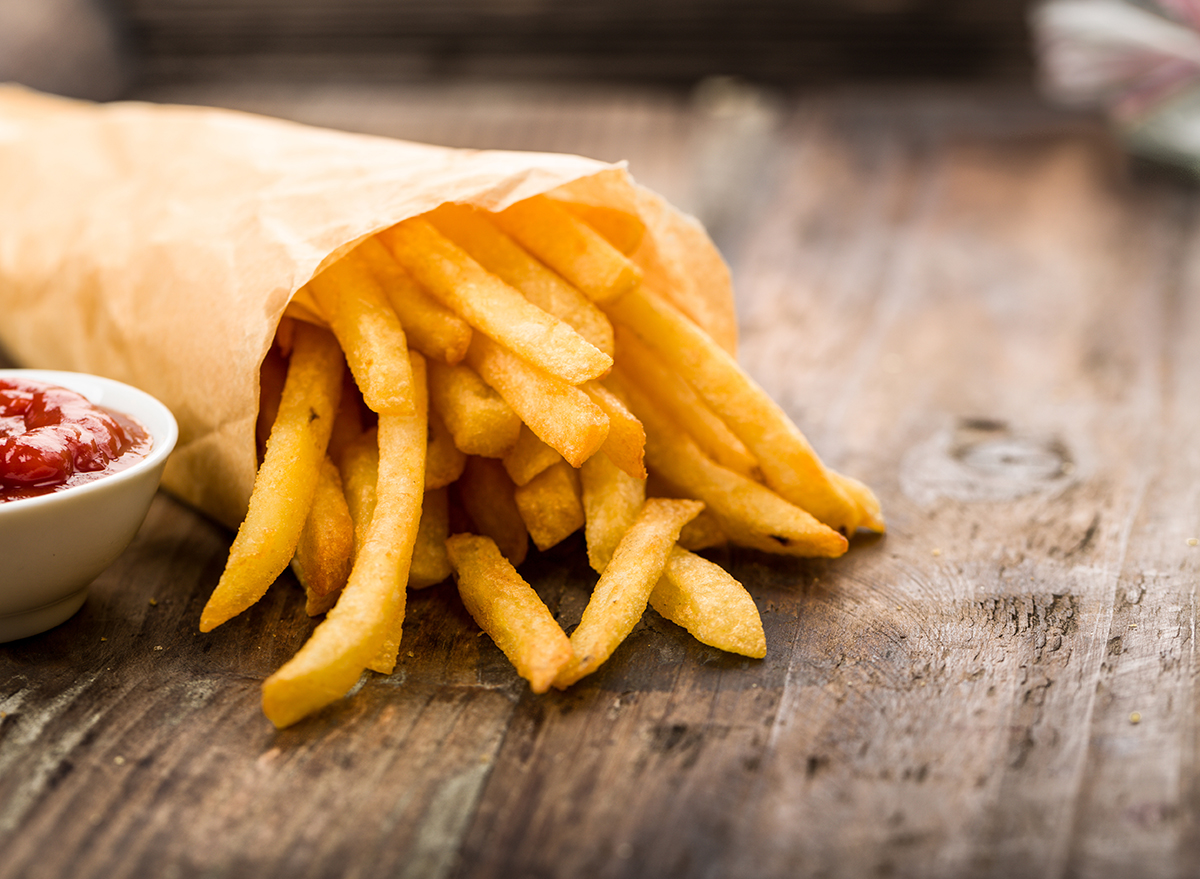
Potatoes are vegetables. What’s a French fry but a vegetable heated with a little oil? Sorry to burst your bubble here—a lot of the nutrients and fiber in a spud are actually contained in the skin. The skin, in most cases, is removed when making fries. Oh, and then there’s the fat. A potato’s worth of fries has way more surface area than the potato itself, enabling them to soak up plenty of fat.
Eat This Instead: Sweet potato fries will be your new best friend for your French fry cravings! You’re not going to fry them; just drizzle a little olive oil on them and throw them in the oven. This will reduce the fat content, and you’ll also get a dose of fiber and vitamin A.
Ice Cream

The fact is that ice cream must have 10% milk fat for it to even be called ice cream, and some varieties have as much as 16%. Milk fat is largely cholesterol, which is a saturated fat. When your blood cholesterol level is too high, it can build up as plaque, a fatty deposit in your arteries that interferes with blood flow and raises your risk of heart disease and stroke. Ice cream is also high in sugar, which makes up the majority of its carbohydrate content. You’ll get a small dose of calcium, but ice cream is never worth the calories unless it’s a once-in-a-blue-moon treat for your taste buds and not a daily indulgence.
Eat This Instead: Sorbet. It’s made from fruit juice and syrup, so there’s plenty of sugar in this ice-cream-related treat. Though it doesn’t have the protein and calcium offered by its dairy-based cousin, it’s low-calorie and fat-free.
Onion Rings
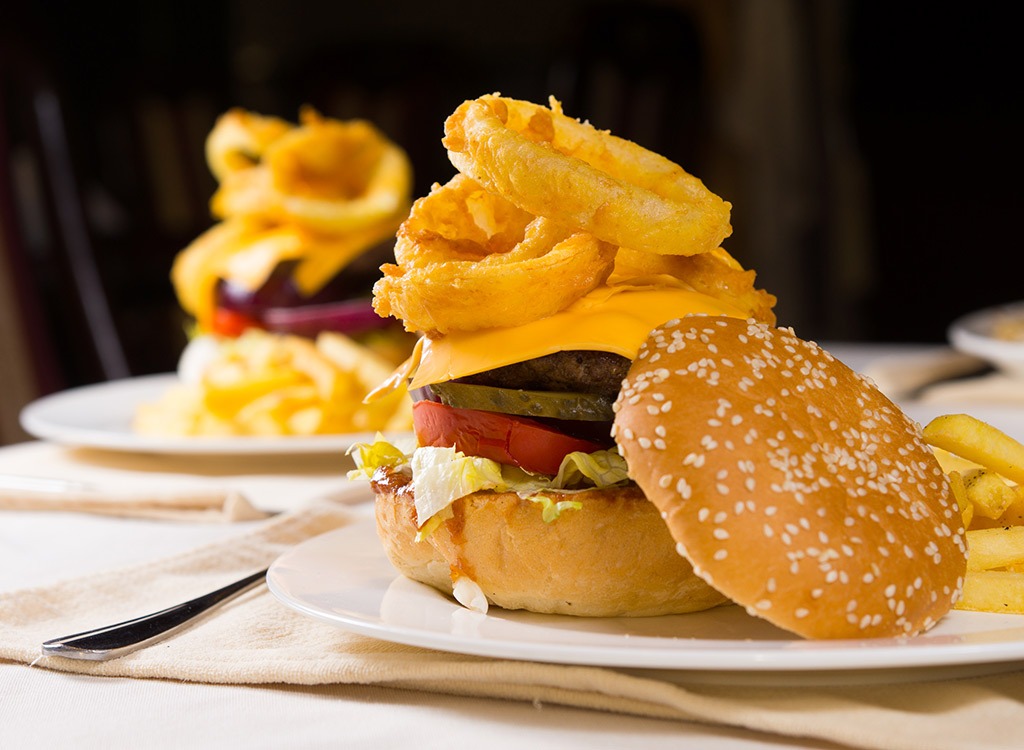
The onion ring is a great example of how everything that’s good about a vegetable can be expunged. Some say they’re even worse than French fries because onion rings have more calories, more saturated fat, more sugar, and less potassium.
Eat This Instead: A 3-ounce serving of fried calamari—a delicious onion ring lookalike—contains about 150 calories, 15 grams of protein, 6 grams of fat and, 6 grams of carbohydrates. Plus, it has plenty of zinc and B vitamins. Even better? Opting for grilled calamari instead.

